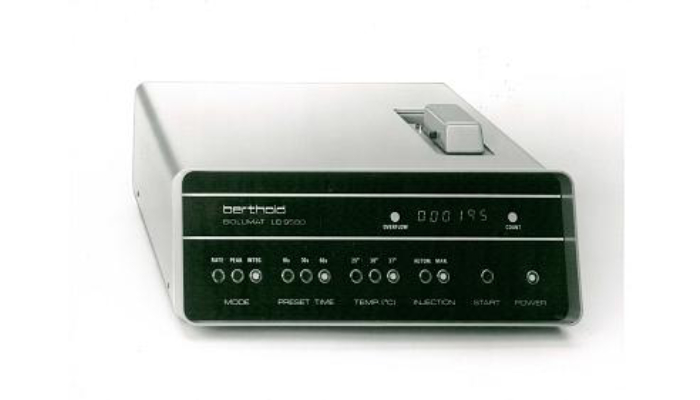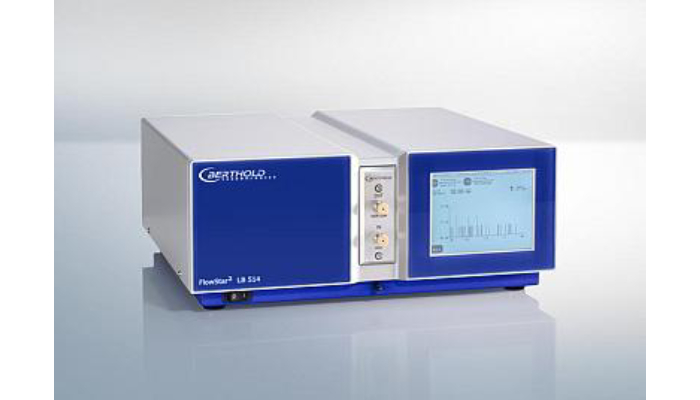Reducing Contamination And Improving Lab Safety With Assay Automation
The demand for precision, reproducibility, and safety is higher in modern laboratories. As scientific research and diagnostic testing become more sophisticated, the need for efficient laboratory processes grows. Assay automation is crucial in meeting these demands by reducing human intervention, minimizing contamination risks, and ensuring safer working environments. By integrating automated systems into laboratory workflows, institutions can improve accuracy, reduce errors, and enhance overall productivity.
The Importance Of Contamination Control In Laboratories
Contamination in laboratories can have severe consequences, including compromised test results, inaccurate data interpretation, and increased costs due to rework. Biological and chemical contaminants can originate from multiple sources, such as human handling, environmental factors, and cross-contamination between samples. In fields like clinical diagnostics, pharmaceutical research, and food safety testing, even minor contamination can lead to false-positive or false-negative results, jeopardizing patient care and research integrity.
Assay automation significantly reduces contamination risks by eliminating direct human interaction with samples. Automated systems can perform repetitive and delicate tasks with high precision, minimizing the chances of introducing contaminants through manual handling. Furthermore, automation allows for controlled sample processing environments, reducing exposure to airborne contaminants and other external pollutants.

How Assay Automation Enhances Lab Safety?
Laboratory safety is a top priority for researchers, technicians, and institutions. Handling hazardous chemicals, infectious biological samples, and high-throughput testing environments requires strict safety protocols. Assay automation helps improve lab safety in several ways:
- Reducing Exposure to Hazardous Materials: Automated liquid handlers, robotic pipetting systems, and enclosed workstations limit human contact with hazardous reagents, pathogens, and toxic substances. This reduces the risk of accidental spills, inhalation of harmful fumes, and skin exposure to dangerous chemicals.
- Minimizing Repetitive Strain Injuries (RSI): Manual pipetting and repetitive handling of samples can lead to musculoskeletal injuries over time. Automation eliminates the need for excessive manual labor, decreasing the likelihood of repetitive strain injuries among lab personnel.
- Enhancing Biosafety Compliance: Many regulatory agencies, including the CDC and OSHA, set strict biosafety guidelines for laboratory operations. Automated assay systems help institutions comply with these regulations by maintaining controlled environments, reducing human error, and ensuring consistent procedural adherence.
- Improving Waste Management: Automated systems precisely measure reagents and samples, reducing wastage and minimizing the generation of hazardous waste. Proper waste management contributes to a safer laboratory environment and reduces disposal costs.
Key Components Of Assay Automation
Several components contribute to the successful implementation of assay automation in laboratories:
- Automated Liquid Handling Systems: These systems perform pipetting, dilution, and mixing tasks with high accuracy, reducing variability and contamination risks.
- Robotic Workstations: Fully automated platforms integrate multiple processes, such as sample preparation, incubation, and analysis, ensuring seamless workflow execution.
- Enclosed Processing Units: Sealed environments with HEPA filtration and controlled airflows prevent airborne contamination and protect both samples and lab personnel.
- Data Management and Integration: Automated systems are equipped with software for real-time data tracking, sample identification, and result interpretation, minimizing human error and enhancing efficiency.
Benefits Of Implementing Assay Automation
Laboratories that adopt assay automation experience numerous advantages, including:
- Higher Throughput and Efficiency: Automation allows for simultaneous processing of multiple samples, reducing turnaround times and increasing productivity.
- Improved Accuracy and Reproducibility: Automated systems eliminate inconsistencies associated with manual handling, ensuring reliable and reproducible results.
- Enhanced Cost-Effectiveness: While the initial investment in automation may be significant, long-term cost savings arise from reduced reagent usage, minimized sample wastage, and lower labor costs.
- Scalability for Expanding Workloads: Automated platforms can be easily scaled to accommodate growing testing demands, making them ideal for clinical, research, and industrial laboratories.
- Better Regulatory Compliance: Automated assay systems ensure adherence to Good Laboratory Practices (GLP), ISO standards, and industry-specific regulatory requirements.
Overcoming Challenges In Assay Automation Adoption
Despite the benefits, transitioning to assay automation presents certain challenges:
- Initial Cost Investment: The upfront cost of acquiring automated systems can be a barrier for smaller laboratories. However, evaluating long-term efficiency gains and return on investment (ROI) can justify the expense.
- Training and Adaptation: Laboratory personnel need proper training to operate and maintain automated systems effectively. Institutions must invest in user education and ongoing support.
- System Integration: Ensuring compatibility between automated systems and existing laboratory infrastructure can be complex. Proper planning and consultation with automation experts can streamline this process.
- Maintenance and Calibration: Regular maintenance and calibration of automated instruments are essential to maintain accuracy and reliability. Establishing routine service schedules ensures optimal performance.
Conclusion
Assay automation is revolutionizing modern laboratories by reducing contamination risks, improving lab safety, and enhancing efficiency. By integrating automated liquid handling, robotic workstations, and enclosed processing units, laboratories can achieve higher accuracy, reproducibility, and compliance with safety regulations. While initial investment and system integration may present challenges, the long-term benefits of assay automation far outweigh the obstacles. As technology advances, the future of laboratory research and diagnostics will continue to be shaped by automation, leading to safer, faster, and more reliable scientific discoveries.




